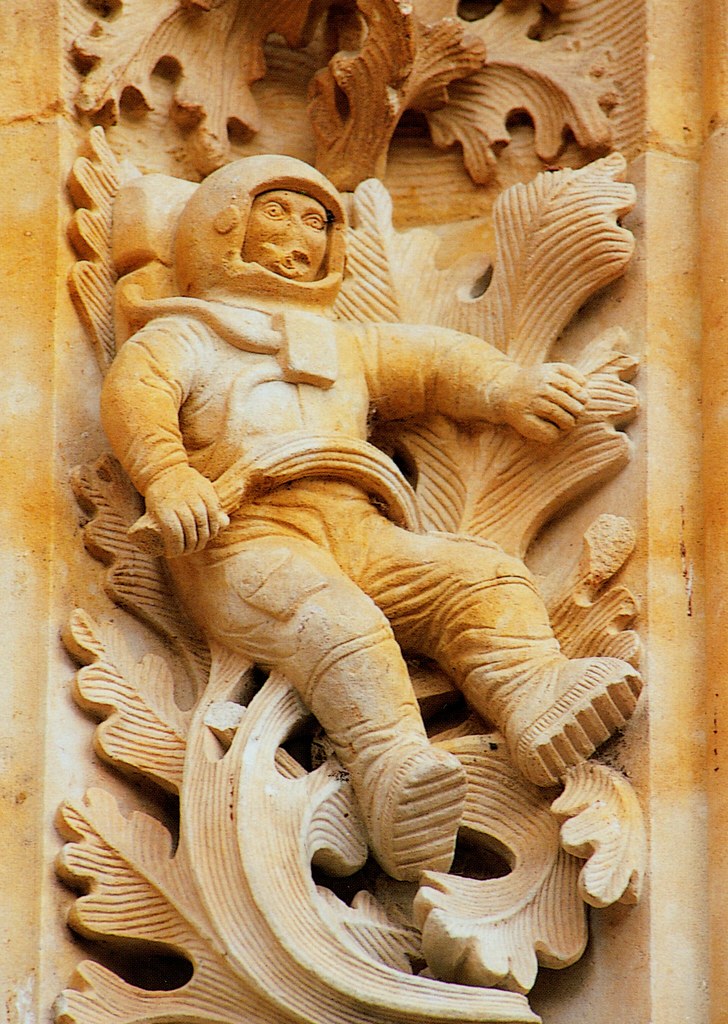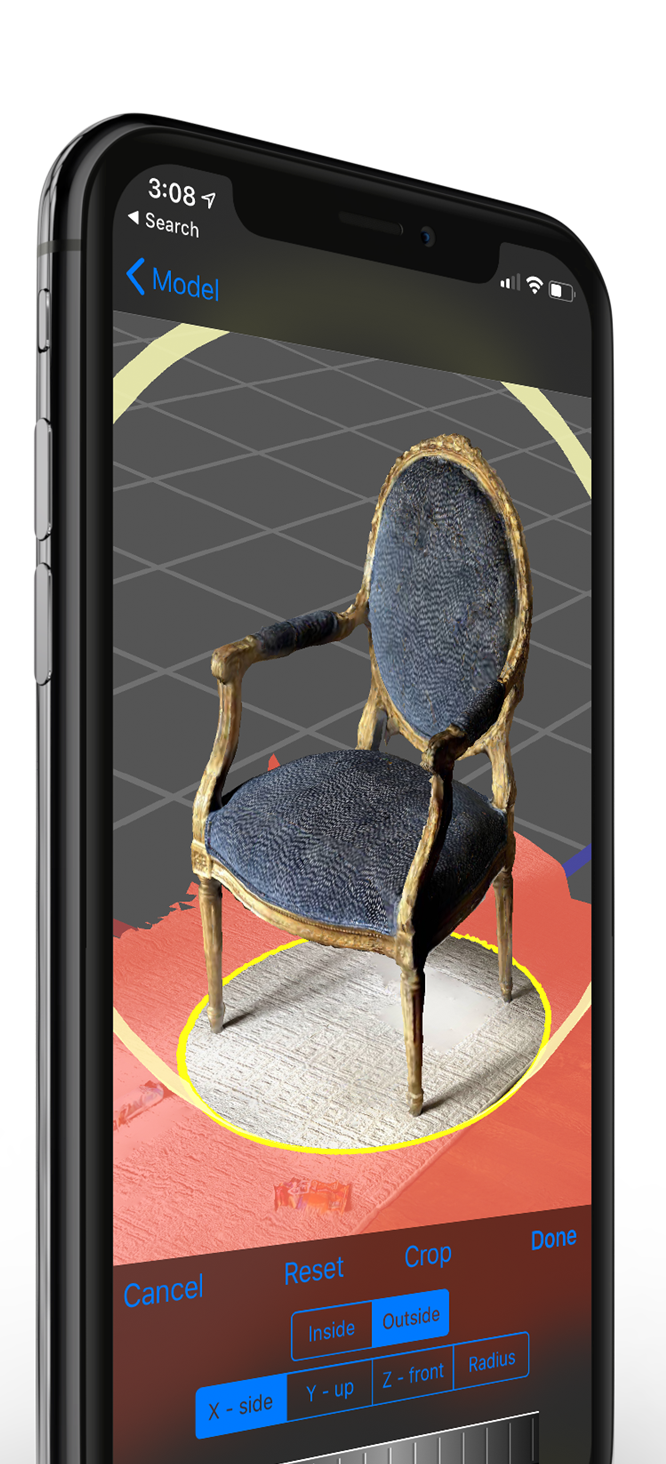

To improve this process, the team developed software that removes distortions and other image artifacts that commonly arise during this type of digital stitching. To increase the field of view, individual OCT images captured using the robotic scanner are digitally stitched together to form a larger image. From left to right, Liu, Yang, Chen, Patel and Eric Carlidge. Xuan Liu’s optics lab at New Jersey Institute of Technology.

“We integrated a robotic scanning platform with an advanced OCT system and image processing software to capture the OCT data of paintings beyond the scanning range of typical commercial OCT systems.”Ĭaption: The Penn State research team delivered the scanning stage to Dr. “Because today’s OCT systems are optimized for biomedical applications, they have a limited scanning range that severely limits the speed of collecting data from large areas,” said Yang. Although it is commonly used for biomedical applications, the imaging technique is useful for art analysis because it can simultaneously capture both topographical information from a painting’s surface and the structure of underlying layers. OCT is a laser-based non-invasive imaging technique that can capture images with micrometer resolution. “In addition, the imaging technique can capture high resolution details of artworks that can preserve a digital copy in case of worst-case scenarios such as war, terrorism, natural disaster, heist and other catastrophes.” “The ultra-high definition 3D information can also be used to repair damaged art by allowing a conservator to 3D print the damaged portion and attach it to the original painting,” said Yang. Information captured by the technique can be used to 3D print samples so that people with vision impairments can use touch to experience painting techniques such as Van Gogh’s brushstrokes and the pointillism of Seurat’s works. The new approach combines OCT with a mechanical scanning stage and new software that allows real-time sampling and removal of image artifacts. The research team brought together specialists in art history and conservation with electrical and optical engineers. Yang and colleagues from Penn State University Park and New Jersey Institute of Technology report the new technique in the Optical Society ( OSA) journal Applied Optics. OCT images within the dotted line were digitally stitched together to produce the 3D images shown in the panels on the right. Caption: The researchers acquired OCT imaging data of an impressionist-style oil painting (left image).


 0 kommentar(er)
0 kommentar(er)
